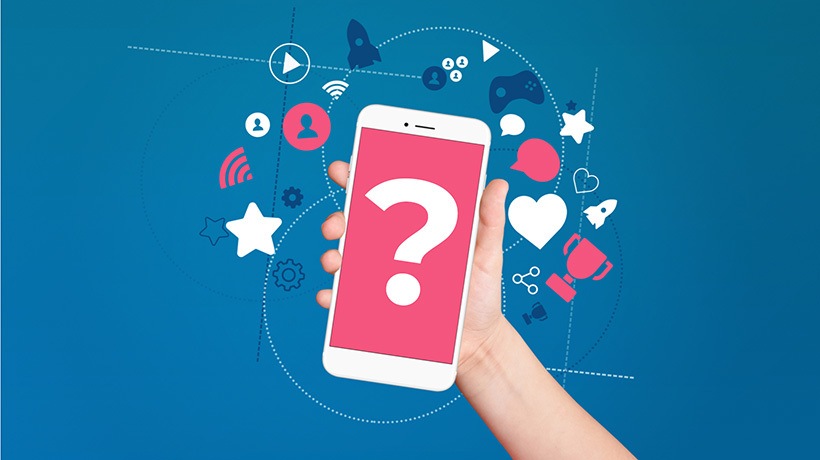How Gamification Enhances The Learning Experience
Who doesn't like to be rewarded for putting in hard work? In the online learning realm, incentivizing learning for specific tasks often times motivates individuals to reach their end goal faster -- and feel more satisfied when they get there.
By using rewards like certificates, badges, or points, your organization can create an improved, more engaging learning experience. Assuming your online learning technology has gamification available, here are six reasons why gamification can enhance the learning experience:
1. Recognition Motivates
When learners are publicly -or even privately- recognized, they feel more satisfied and accomplished. Enable learners to view awards in their learner dashboard and then share those awards with classmates, via social media, or by downloading transcripts and certificates. Gamification and rewarding are known to boost engagement and retention, plus a satisfied learner will brag about their learning experience which in the long run helps your organization thrive and scale.
2. Friendly Competition
Foster healthy, friendly competition by adding leaderboards to public dashboards. The learner with the most badges, credits, points, stars, etc., sails to the top of the leaderboard which motivates others to work harder. Learners might also start to engage with one another more by trying to one-up a classmate or by using the "top performer" as a resource.
3. Intrinsic Motivations
Rewards like badges have no financial value, yet some learners are still motivated to work hard to acquire them. This is an example of intrinsic motivation, where the learners aren't learning to receive something tangible, they are working to acquire new skills and knowledge.
4. Extrinsic Motivations
Extrinsic motivation works for some, but not all. Rewards like gift cards, money, or maybe CEUs (which hold a lot of value for professional learners), could encourage some learners to engage more.
5. Create A Positive Learning Environment
Being rewarded and recognized makes learners happier. Happy learners engage more and then tell their friends about their experience. Offering rewards as learners reach certain milestones during the learning experience -not just the end- will help keep learner morale up. That boost in morale will have a huge impact on your business.
6. Milestones, Instead Of One Big Goal
To harp on the point made in #5, it's important to offer rewards at different milestones in the learning experience. Long-term goals can diminish learner motivation and excitement, whereas accomplishing smaller goals -with the larger goal still in sight- keeps learners motivated. Plus, they are more likely to retain information when it is presented in small doses, not all at once.
Additional ways to use gamification and awarding features within your online learning technology is to set award types -points, credits, stars, etc.- and award qualifications like lesson completion, assessment completion, or time spent within a course. Utilizing leaderboards to display your school's top learners can help to encourage others to work harder and engage more with your learning materials. By incentivizing learners, offering rewards at different milestones, and creating healthy competition, your learning operation will soon feel the positive impact.
4 Ways To Use Gamification For Online Learning
Here are some ways your organization can take advantage of gamification for online learning:
- Create interactive lessons.
Interactive and gamified learning experiences help boost knowledge retention. Make your lessons fun with features like flip cards, quizzes, highlight zones, puzzles, matching, and discussion boards. You can also add a timer to any lesson or content type as a means to turn any learning experience into a gamified one. - Dish out rewards.
Use your online learning technology to reward learners with points, badges, certificates of completion, or prizes. Map badges and certificates to certain skills or topic expertise in order to motivate learners to engage and work hard to reach a goal. If your organization doesn't necessarily want to "gamify" a course, you could instead create giveaways, offer discount codes, give learners feedback, or allow learners to print certificates. - Implement leaderboards.
Adding some level of competition to online learning could work for certain learners. Create badge or point leaderboards and enable them to display when learners log into their schools. Add earned badges to learner profiles to encourage them to be "proud" of their achievements. - Track credits and points.
More professionally-focused learners want to track their continuing education units (CEUs) based on key milestones and predetermined requirements (either online and offline). Use online learning technology to customize the course values, prerequisites, and then allow learners and administrators to track progress. This can add significant value to your organization and make a "serious" course seem more playful.
Use gamification to add playfulness, balance more serious learning materials, and drive learner engagement. If your organization is considering adopting or upgrading its online learning technology, look for a platform with sophisticated user dashboards, highly customizable badging, robust awards functionality, and interactive content types to help maximize the experience for learners. These features -among others-- will help you retain learners, acquire new customers, and scale your learning operations.









